The Vivo S9 is a mid-range smartphone that manages to punch above its weight in several key areas, particularly in camera performance and design. Released in early 2021, it caters to users who prioritize photography and sleek aesthetics without breaking the bank. While it may not compete with flagship devices in raw power, it offers a compelling package for its price point.
One of the standout features of the Vivo S9 is its camera system. The front-facing dual-camera setup, consisting of a 44MP primary sensor and an 8MP ultra-wide lens, is a rare find in this segment. Selfie enthusiasts will appreciate the high-resolution sensor and the advanced software enhancements that produce sharp, well-balanced shots even in low light. The rear triple-camera array, featuring a 64MP main sensor, 8MP ultra-wide, and 2MP macro lens, delivers respectable results for everyday photography. Vivo’s AI-assisted scene recognition and night mode further elevate the imaging experience.
Design-wise, the Vivo S9 is a head-turner. The phone sports a slim 7.35mm profile and weighs just 173 grams, making it one of the most lightweight 5G devices available. The glossy glass back and gradient color options (such as Aurora and Starlight) give it a premium feel, though it’s prone to fingerprints. The 6.44-inch AMOLED display with a 90Hz refresh rate is vibrant and smooth, though it falls short of the 120Hz panels found in some competitors. The in-display fingerprint sensor is fast and reliable, adding to the overall premium experience.
Under the hood, the Vivo S9 is powered by the MediaTek Dimensity 1100 chipset, paired with up to 12GB of RAM. This combination ensures smooth performance for most tasks, including multitasking and casual gaming. However, heavy gamers might notice occasional frame drops in demanding titles like Genshin Impact. The 4,000mAh battery is adequate but not exceptional, lasting a full day with moderate use. The 33W fast charging is decent, though it’s slower than some rivals offering 65W or higher.
Software is where the Vivo S9 shows some weaknesses. Running on Funtouch OS 11.1 (based on Android 11), the interface is cluttered with bloatware and lacks the polish of stock Android or even Xiaomi’s MIUI. While customization options are plentiful, the occasional stutter and intrusive notifications can be annoying. That said, Vivo has improved its update policy, and the S9 has received periodic security patches.
Here are the detailed specifications of the Vivo S9:
Display: 6.44-inch AMOLED, 1080 x 2400 resolution, 90Hz refresh rate, HDR10+
Chipset: MediaTek Dimensity 1100 (6nm)
RAM: 8GB/12GB LPDDR4X
Storage: 128GB/256GB UFS 3.1 (non-expandable)
Rear Cameras: 64MP main (f/1.8), 8MP ultra-wide (f/2.2), 2MP macro (f/2.4)
Front Cameras: 44MP main (f/2.0), 8MP ultra-wide (f/2.3)
Battery: 4,000mAh, 33W fast charging
OS: Funtouch OS 11.1 (Android 11)
Dimensions: 158.4 x 73.9 x 7.35mm
Weight: 173 grams
Colors: Aurora, Starlight, Black
Connectivity: 5G, Wi-Fi 6, Bluetooth 5.2, NFC
In conclusion, the Vivo S9 is a solid choice for users who prioritize camera quality and design over raw performance. Its sleek build, impressive selfie cameras, and vibrant display make it a strong contender in the mid-range segment. However, the mediocre battery life and bloated software hold it back from being a true all-rounder. If you’re a photography enthusiast or someone who values aesthetics, the S9 is worth considering—just don’t expect flagship-level endurance or software refinement.
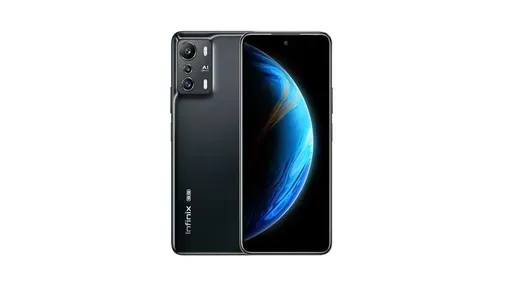
By /Jun 4, 2025
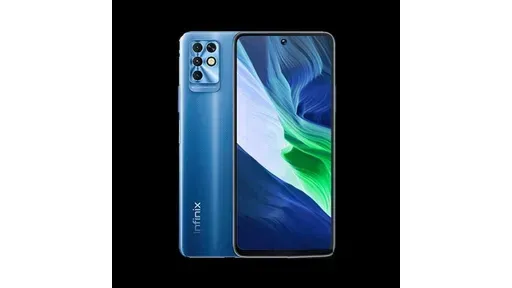
By /Jun 4, 2025
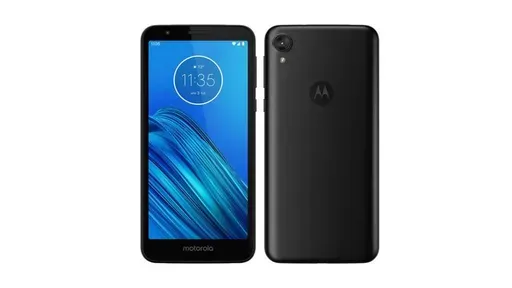
By /Jun 4, 2025

By /Jun 4, 2025

By /Jun 4, 2025
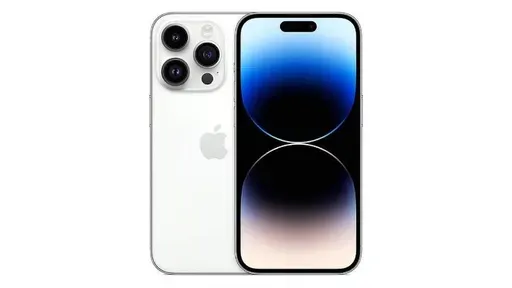
By /Jun 4, 2025

By /Jun 4, 2025
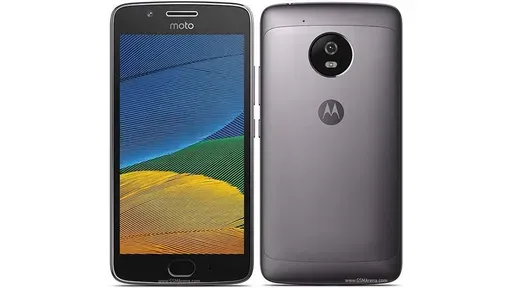
By /Jun 4, 2025

By /Jun 4, 2025
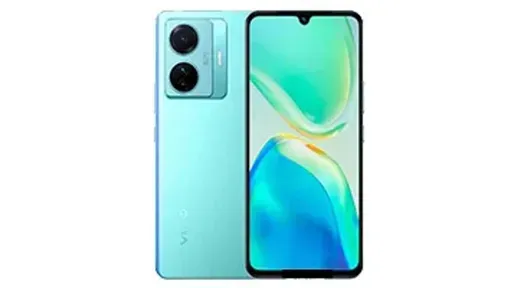
By /Jun 4, 2025

By /Jun 4, 2025
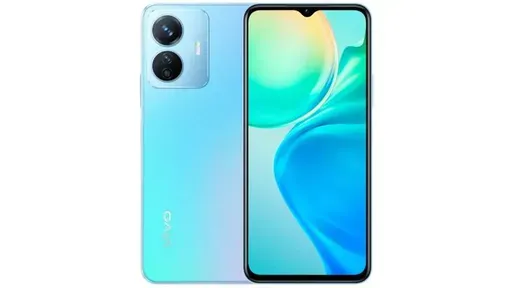
By /Jun 4, 2025
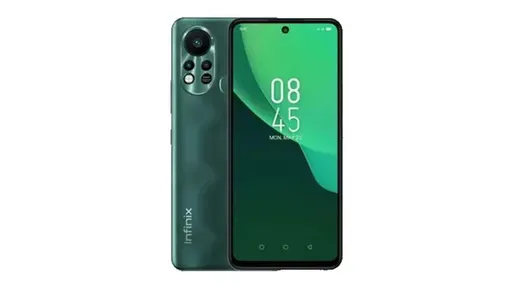
By /Jun 4, 2025
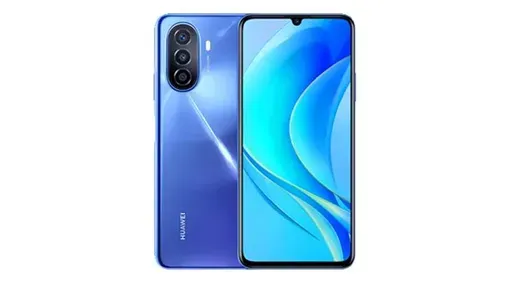
By /Jun 4, 2025

By /Jun 4, 2025

By /Jun 4, 2025
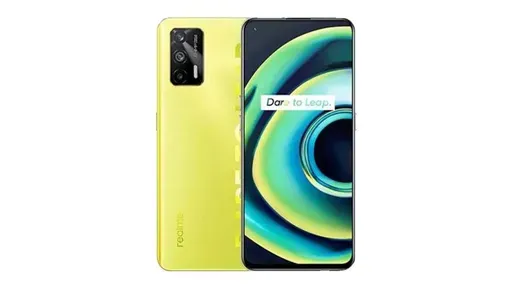
By /Jun 4, 2025

By /Jun 4, 2025
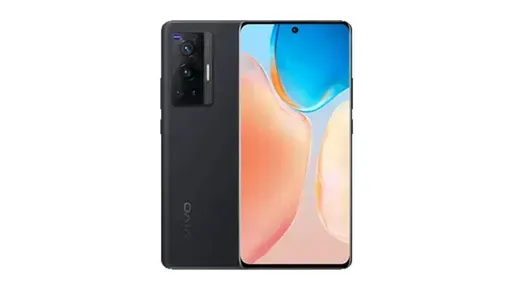
By /Jun 4, 2025

By /Jun 4, 2025
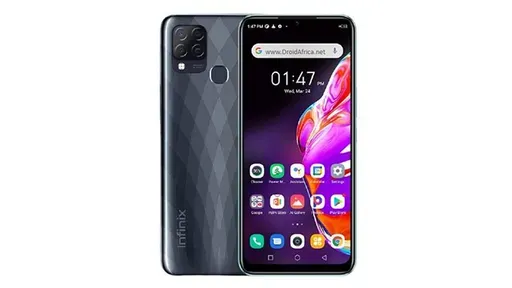
By /Jun 4, 2025
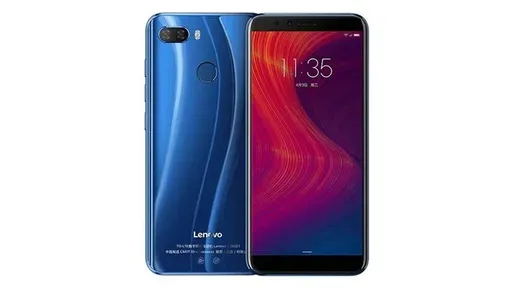
By /Jun 4, 2025
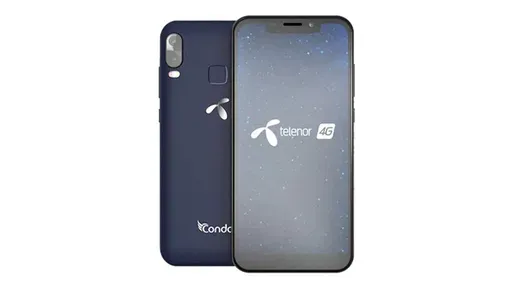
By /Jun 4, 2025
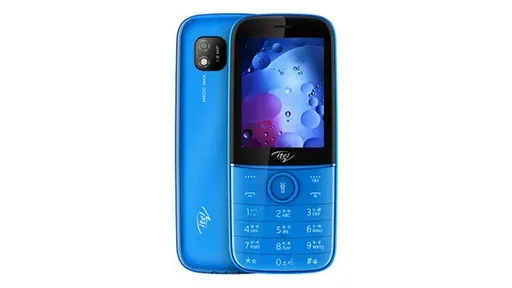
By /Jun 4, 2025

By /Jun 4, 2025
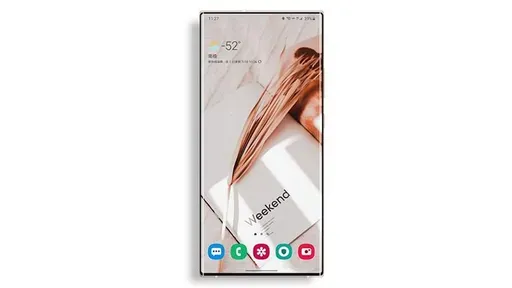
By /Jun 4, 2025

By /Jun 4, 2025

By /Jun 4, 2025
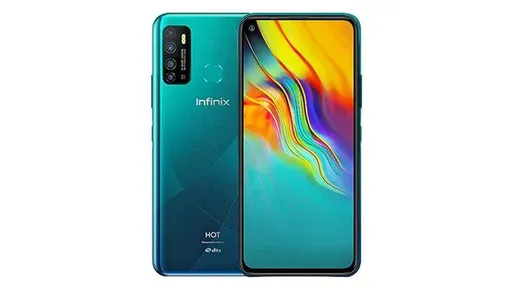
By /Jun 4, 2025

By /Jun 4, 2025
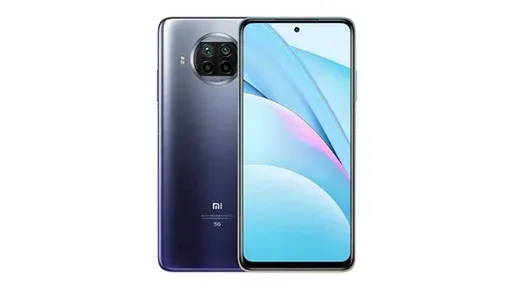
By /Jun 4, 2025
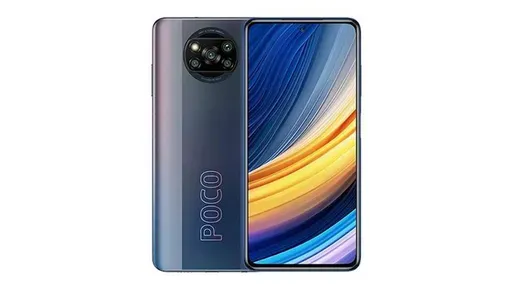
By /Jun 4, 2025

By /Jun 4, 2025
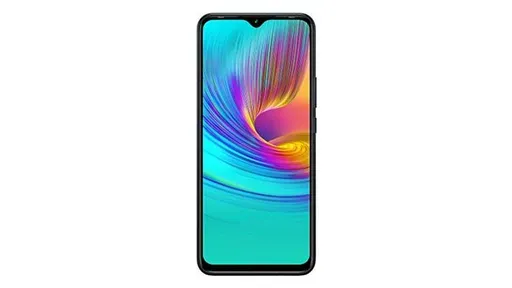
By /Jun 4, 2025
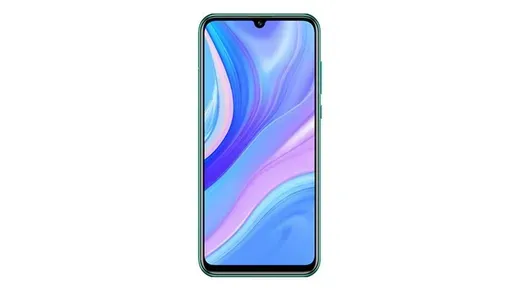
By /Jun 4, 2025